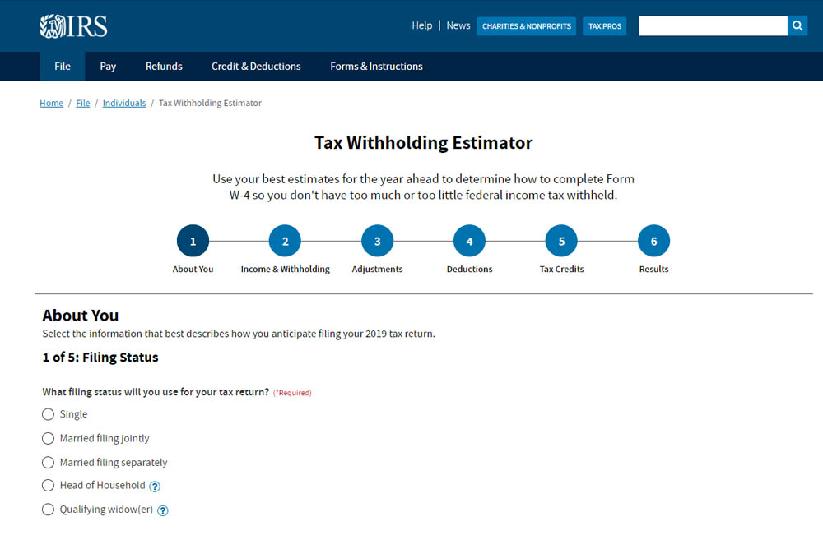Estimate Your Capital Gains Tax
Published:When Benjamin Franklin said, “The only things certain in life are death and taxes” he wasn’t joking. Rest assured, if you make a profit on something, the IRS wants to know about it so it can collect its piece of the pie. Keep in mind, too that if your investment(s) resulted in a loss, you may be able to take a deduction on your income taxes as well.
Capital gains taxes are generally lower than tax rates on ordinary income (such as from wages or other compensation) and tax rates on long-term capital gains are lower than rates on short-term capital gains. This is done to create an incentive for people to invest in assets and to hold them for longer periods of time.
When you purchase securities, real estate, interest in a business or partnership, or collectibles (such as art, stamps, antiques, coins, and vintage automobiles) as an investor, you’re hoping that the value of your investment will appreciate over a period of time. Sometimes it works out in your favor and you are able to sell your asset for a tidy profit ? in other cases (such as we’ve recently seen in the declining values of investment real estate) you’re lucky if you can unload the property for a small loss.
When you sell an asset, the difference between the amount that you paid for it (your cost basis) and the amount you sold it for, is referred to as your capital gain (profit) or your capital loss. A capital gains/loss tax calculator can simplify the process of figuring out what your tax liability or credit may be from the sale of those assets.
The ‘Capital Gains and Losses Tax Estimator‘ is a helpful tax calculator.
This tax calculator enables you to input multiple assets to determine what your estimated capital gain or loss might be, depending on each asset’s holding period and your income tax bracket. The tax calculator requires you to input the purchase or acquisition price for each asset in addition to the sales price.
To help you figure your tax liability, the tax calculator lists the options of less than one year for short-term capital gains/losses and greater than one year for long-term capital gains/losses. The tax rates established by the IRS for capital gains are different for long-term and short-term capital gains and are reported on Schedule D (Capital Gains and Losses) in your federal income tax return.
There are 5 sections to the capital gains/losses tax calculator: Assumptions, Asset Transaction #1, Asset Transaction #2, Asset Transaction #3, and Asset Transaction #4. In the ‘Assumptions’ field, enter your marginal tax bracket. In the rest of the tax calculator, you may input up to four transactions.
If your long-term capital gains exceed your long-term losses then you would have a net long-term capital gain and this is the amount on which you would be taxed. On the other hand, if your capital losses are greater than your capital gains, the excess can be deducted on your tax return and used to offset other income (such as wages) up to an annual limit of $3,000 (or $1,500 if you are married filing separately).
If your total net capital loss is more than the yearly limit on capital loss deductions, you can carry over the unused part to the next year and treat it as if you incurred it in that next year. While this tax calculator is a useful tool to estimate your capital gains/loss impact, keep in mind that tax rates are subject to change at any time so it is important that you consult a qualified tax professional if you are uncertain about how to report your capital gains or losses.



